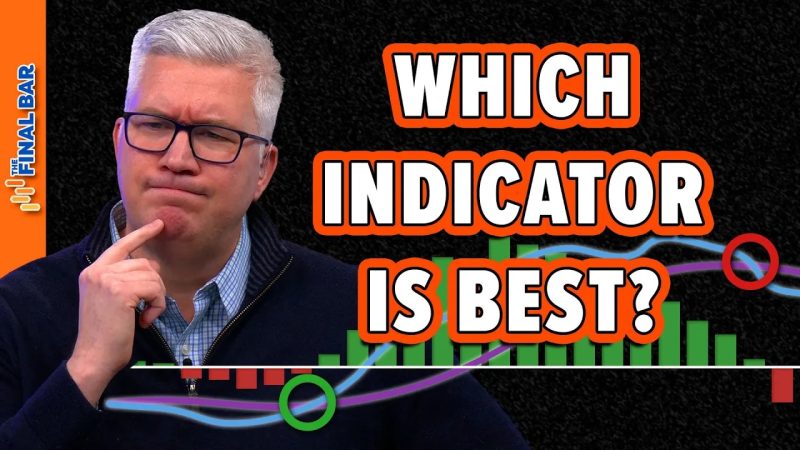The Link Between Technical Indicators and Trading Strategies
Moving Average Convergence Divergence (MACD), Percentage Price Oscillator (PPO), and Price Momentum Oscillator (PMO) are three popular technical indicators used by traders to identify potential trading opportunities in the financial markets. While all three indicators serve similar purposes, they each have their own unique characteristics and advantages that traders can leverage to improve their trading outcomes.
MACD is a versatile indicator that combines moving averages to identify changes in momentum and trend strength. By measuring the distance between two moving averages (typically the 26-day EMA and the 12-day EMA) and plotting the difference as a line on a chart, MACD provides signals based on crossovers and divergences. Traders often use MACD to confirm trends, spot potential reversals, and generate buy or sell signals.
PPO is a variation of the MACD indicator that calculates the percentage difference between two moving averages (usually the 26-day EMA and the 9-day EMA) rather than the absolute difference. This normalization allows traders to compare the indicator’s values across different assets and timeframes more effectively. Like MACD, PPO is used to identify trend changes and generate trading signals based on crossovers and divergences.
PMO is a momentum oscillator that measures the rate of change in price movements over a specific period. Unlike MACD and PPO, which are based on moving averages, PMO utilizes a custom smoothing algorithm to calculate its values. By comparing the current price momentum to historical levels, PMO helps traders identify overbought and oversold conditions, confirm trends, and predict potential reversals.
Each of these technical indicators has its strengths and weaknesses, making them suitable for different trading strategies and market conditions. MACD is favored for its simplicity and effectiveness in trending markets, while PPO’s percentage-based approach is useful for comparing assets with varying price levels. PMO, with its focus on momentum, is ideal for traders looking to gauge the strength of price movements and anticipate market turning points.
To maximize the effectiveness of these indicators, traders should not rely on them in isolation but instead use them in combination with other technical analysis tools and trading strategies. By incorporating multiple indicators and confirming signals with price action and market context, traders can reduce false signals and increase the accuracy of their trading decisions.
In conclusion, technical indicators like MACD, PPO, and PMO play a crucial role in helping traders navigate the complexities of the financial markets and make informed trading decisions. By understanding the unique characteristics and potential applications of each indicator, traders can develop more robust trading strategies and improve their overall performance in the markets.
